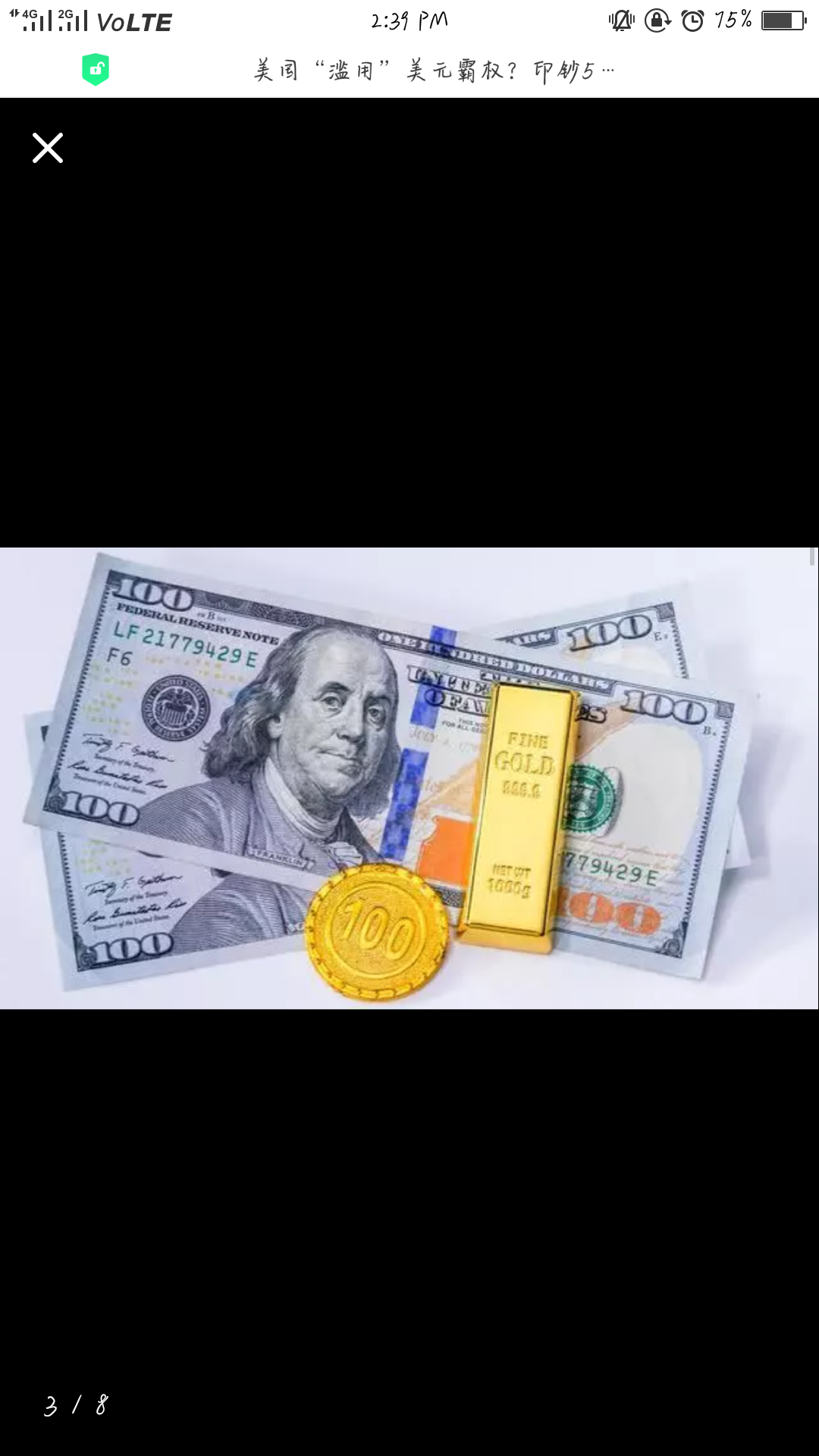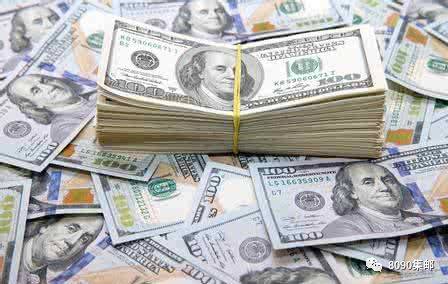According to the New York times on March 9, the most profitable export of the United States is not its famous oil, medicine and other industrial products. The U.S. exported $65.3 billion in currency in 2018, most of it in $100 bills that cost as little as 20 cents each. The greenback ranks second in the list of America's most valuable exports by value, behind refined oil. But dollar bills are more profitable to export. The federal government can make a $100 bill for only 14 cents and send it overseas for a few cents more.

The dollar business model, which we have summarized as: increasing money is increasing wealth, the dollar business model is designed according to this ultimate goal. First, gold was piled up during world war ii, then the bretton woods system was used to push trade dollars, and then the organization of the petroleum exporting countries was used to issue petrodollars, encouraging east Asian exporters to hoard dollars and encouraging countries with large dollar reserves to buy U.S. sovereign debt. Through these channels, the world's wealth continues to flow to the United States, making the dollar the world's most successful money-making vehicle.
The reason why the dollar is the best choice for the world's currency, according to a New York times analysis, is that the U.S. economy, despite its difficulties, remains the center of the global economy. For example, U.S. government bonds, the most popular investment in the world, can only be bought in dollars. Oil, the world's main traded commodity, is also priced and sold in dollars. Like Facebook, people use dollars because everyone else USES them.

In the first half, the dollar became the world's most successful money-making tool, helping Europe revive, Japan rise and China become the world's second-largest economy. But in the second half, the business model that had made all stakeholders happy was no longer a feast. The dollar business model will evolve into a beggar-thy-neighbour game, a vehicle for the us to escape international debt and export inflation to the world.
America's most profitable exports are not oil or drugs or Hollywood movies or Boeing airplanes... In the eyes of American media, the green paper with Benjamin Franklin printed on it -- dollar bills -- is the most profitable export product of the United States.
As we all know, the us dollar is the hegemonic currency. Foreign exchange and international settlement are conducted in us dollars. Why use us dollars? This is the historical reason that President Roosevelt promoted the establishment of the monetary and financial system, namely the bretton woods system. It was this bretton woods system that linked the dollar to gold, the us holding more than 80 per cent of the world's gold, which underpinned the value of money. The world can only establish dollar hegemony at the will of the United States. Since 1971, the dollar has been transformed from a gold-backed currency into a global reserve currency instrument that the United States can issue at will. Meanwhile, the United States continues to run current account and fiscal deficits. As the world currency under the bretton woods system, the dollar exerted a profound influence on the American hegemony and the postwar world economy. It is wrong for the United States to use the dollar as a tool to restrict other countries. America's conservative attitude on trade is not only bad for its own economic development, but also a drag on the world economy, which will make the world sick of America and lose confidence in the dollar.As the mainstream currency, the United States has done a poor job in managing the dollar. Now there is a financial crisis about once in a decade, but almost every financial crisis starts from the United States. The us economy is no longer able to support the dollar as the world's currency. At the end of the second world war, the us accounted for about 30% of global GDP.
In a world where most currencies are abstracted, wealth is stored in computers and payments are made electronically. Many people can't remember the last time they owned or even carried a $100 bill. Domestic use of the greenback has actually declined. However, foreign demand for the $100 bill has risen sharply. Another reason for the dollar's massive circulation: the $100 bill is often the currency of choice for underground illicit transactions (gambling, drug dealing, weapons sales).
(Picture Source:Baidu)

To avoid the risk of the dollar, some countries naturally want to de-dollarize. It is worth mentioning that after removing the us dollar, the internationalization process of RMB will accelerate and the RMB share will reach a new high. As of August 2019, the share of RMB in the global payment currency is 2.22%. Currently, RMB is considered to be able to replace part of the role of us dollar.At least three key currencies (the renminbi, the dollar and the euro) will dominate in the future, and the transition will come sooner than most people think. The dollar's share of global reserves fell to its lowest in nearly six years at the end of September.





